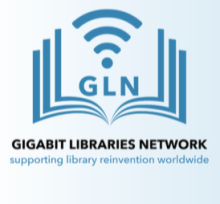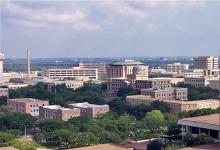Librarians Leading The Way: Apply For "Beyond the Walls" Grant
San Jose State University’s School of Information (iSchool) and the Gigabit Libraries Network are accepting proposals for projects under a National Leadership Grant from the Institute of Museum and Library Services (IMLS) to expand the Libraries WhiteSpace Project. According to the announcement, five projects will be funded.
The “Beyond the Walls” Awards will provide $15,000 grants “to libraries for the most innovative proposals to use TV WhiteSpace (TVWS) technologies to enable new library hotspots in the service of their communities.”
Co-director Kristen Reman of SJSU said:
"This initiative will further explore the role of libraries as leading community anchors promoting access and inclusion through strategic technology integration. There's a nice intersection between what we're implementing and the concept of community anchors, which has been used by IMLS to describe the role of libraries in providing civic engagement, cultural opportunities, and economic vitality to communities,"
The first round of applications will be accepted until March 6th winners will be announced near the end of April. Libraries interested in applying for an award can watch a quick 2-minute video to help them determine if they meet qualification criteria. You can also contact info(at)giglibraries.net with questions; they will even help you put together a project plan.
Read the full announcement online.
White Space Technology
"White spaces" or "TVWS" are the unlicensed low-frequency spectrum that was reserved for television signals prior to digitization of television. Now that the spectrum is not being used for TV, it's been freed up for fixed wireless Internet accesss.



